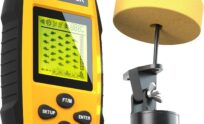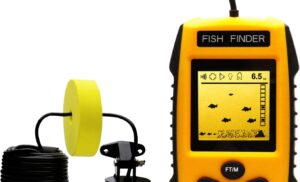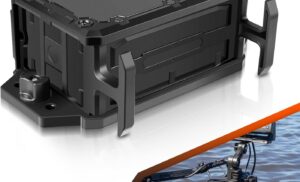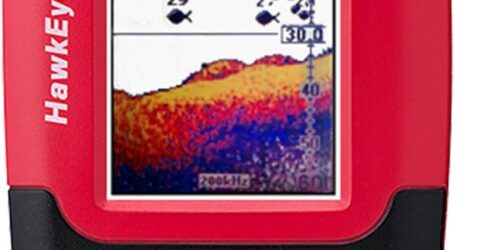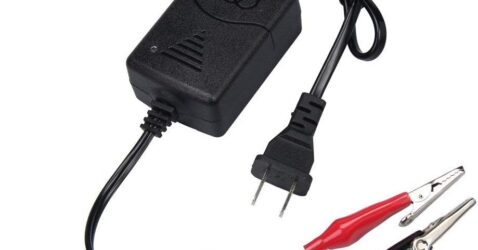The Ultimate Connection: Optimizing Battery Connectors for Fish Finder Efficiency
In the world of fishing, technology has transformed the way anglers approach their craft. Among the most significant advancements are fish finders, which provide critical information about underwater structures, fish locations, and water temperatures. However, the efficiency of these devices hinges not only on their technology but also on the power that drives them. This is where optimizing battery connectors comes into play, ensuring that fish finders operate at peak performance when it matters most.
The Importance of Battery Connectors
Battery connectors are the unsung heroes of electronic devices, including fish finders. They serve as the vital link between the power source and the device, allowing for the transfer of electrical energy. If the connection is suboptimal, it can lead to several issues: reduced efficiency, inconsistent power supply, and ultimately, a less effective fishing experience.
Key Factors to Consider
1. Connector Type
Choosing the right type of connector is crucial. There are several options available, including:
-
Banana Connectors: Commonly used for their ease of connection and disconnection, banana connectors are versatile and reliable for many applications.
-
Anderson Powerpole Connectors: Known for their durability and secure connection, Anderson connectors are often favored in marine environments due to their resistance to corrosion.
- Tamiya Connectors: These are popular in RC applications and can be effective for fish finders in terms of providing a solid connection, though they may not be as robust as the others in harsh conditions.
Selecting connectors that can withstand the marine environment while offering reliable performance is essential.
2. Wire Gauge
The gauge of the wire used for the battery connection influences the overall efficiency of the fish finder. Thicker wires (lower gauge numbers) can carry more current without overheating, which is crucial for devices that may demand significant power. For most fish finders, a wire gauge between 16 and 12 is recommended, depending on the device’s power draw. Utilizing the correct gauge minimizes voltage drop and ensures the fish finder receives the necessary power to function optimally.
3. Corrosion Resistance
Given that fish finders are typically used in wet environments, connectors must be resistant to corrosion. Opting for connectors with gold-plated contacts or those made from corrosion-resistant materials can significantly extend their lifespan and maintain a reliable connection. Regular maintenance, including cleaning and inspecting connections, can also help mitigate corrosion issues.
4. Connection Quality
The quality of the connection itself is vital. Ensuring that connectors fit snugly and securely will prevent power loss due to loose connections. Using heat shrink tubing or electrical tape can provide additional insulation and protection from moisture.
Tips for Optimizing Battery Connectors
-
Regular Inspection: Periodically check battery connectors for wear and corrosion. Replace any connectors that show signs of damage to prevent power loss.
-
Use Quality Connectors: Invest in high-quality connectors and wiring to ensure reliability and longevity, especially in harsh marine environments.
-
Secure Mounting: Ensure that battery connectors are securely mounted to prevent movement that could lead to disconnections or wear.
-
Ensure Compatibility: When upgrading your fish finder or battery, check that all components are compatible to maintain efficiency and performance.
- Temperature Considerations: High temperatures can affect the performance of connectors. Ensure that the battery is located in a cool, ventilated area, away from direct sunlight or heat sources.
Conclusion
Optimizing battery connectors is a crucial step in enhancing the efficiency of fish finders. By paying attention to the type of connectors, wire gauge, corrosion resistance, and connection quality, anglers can ensure their fish finders operate at their best when out on the water. As technology continues to evolve, maintaining a strong, reliable connection between power sources and devices will be essential for maximizing the advantages that modern fishing technology provides. After all, in the quest for the ultimate catch, every detail counts.

